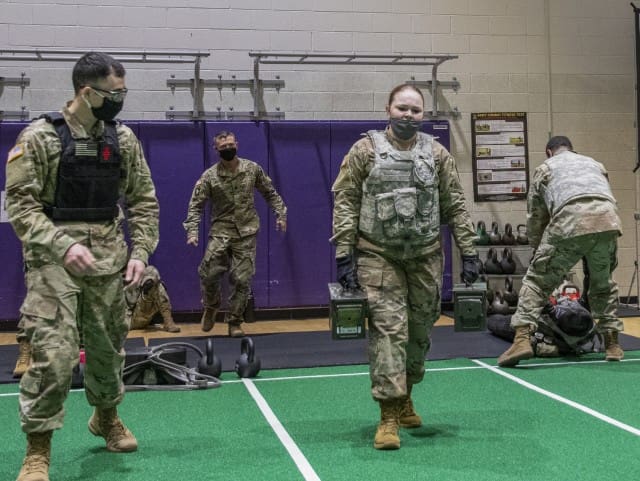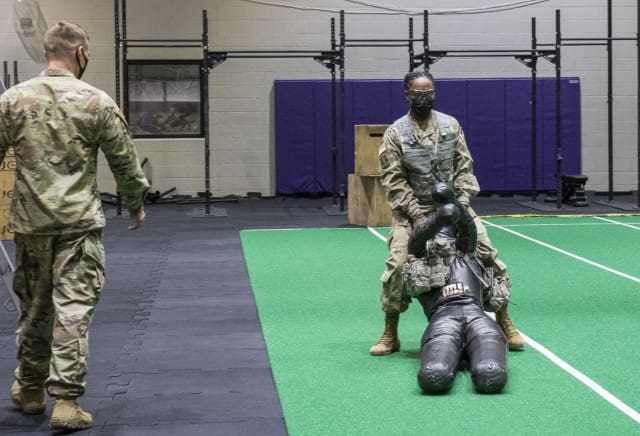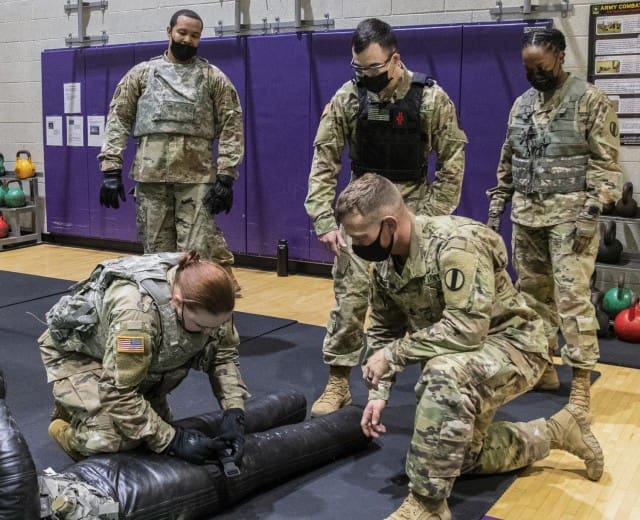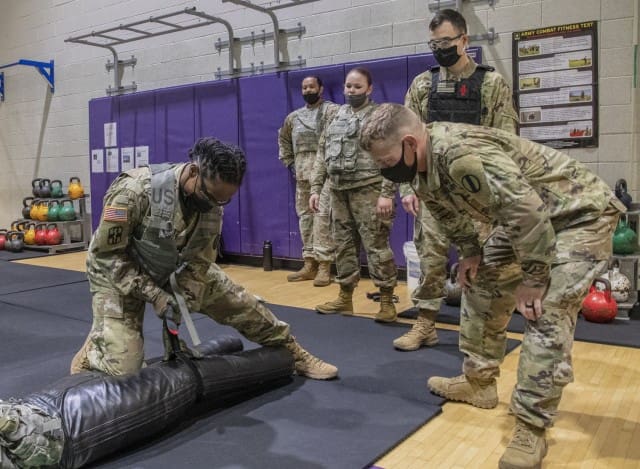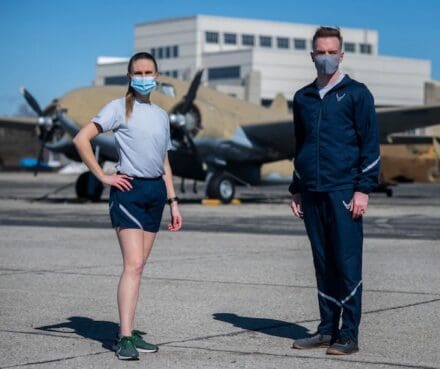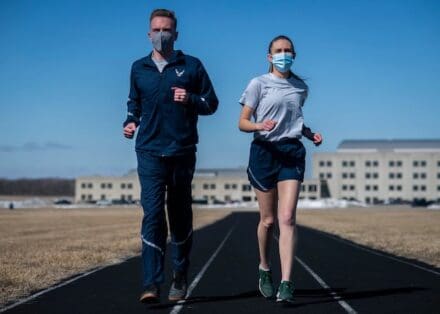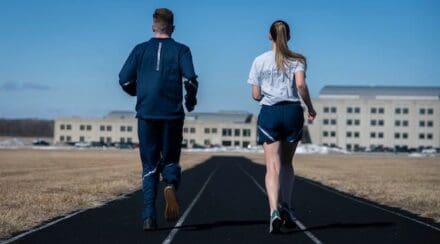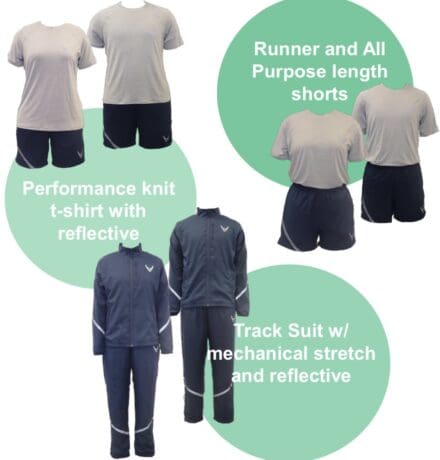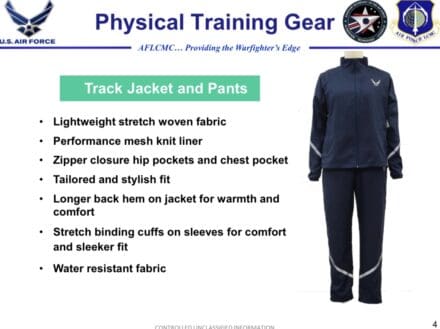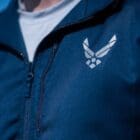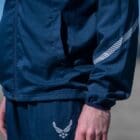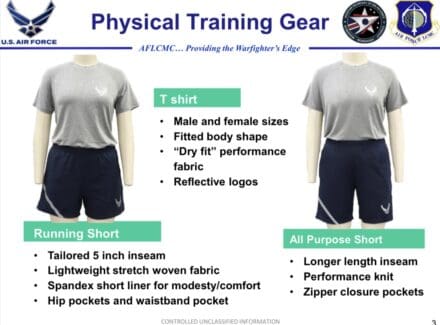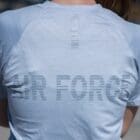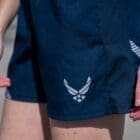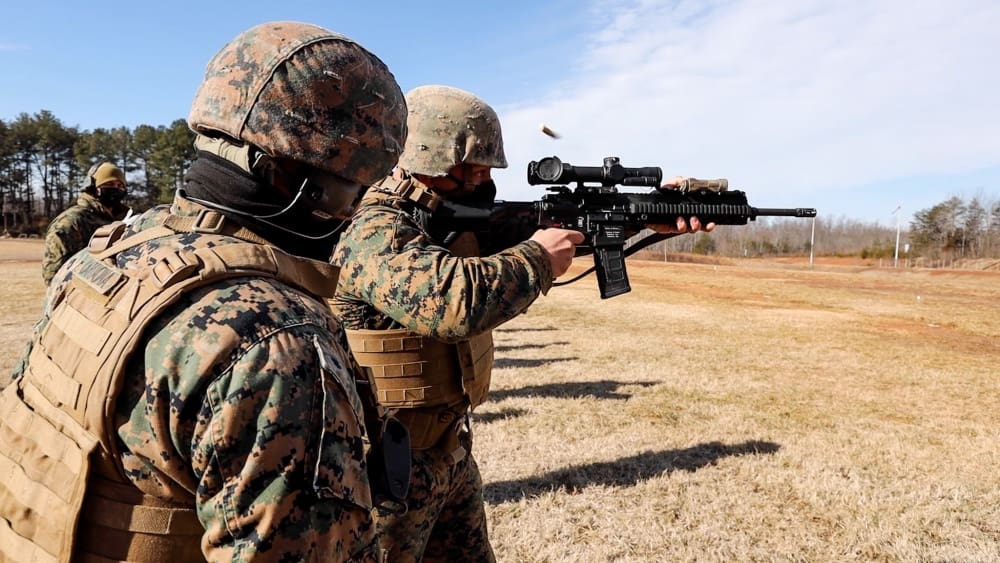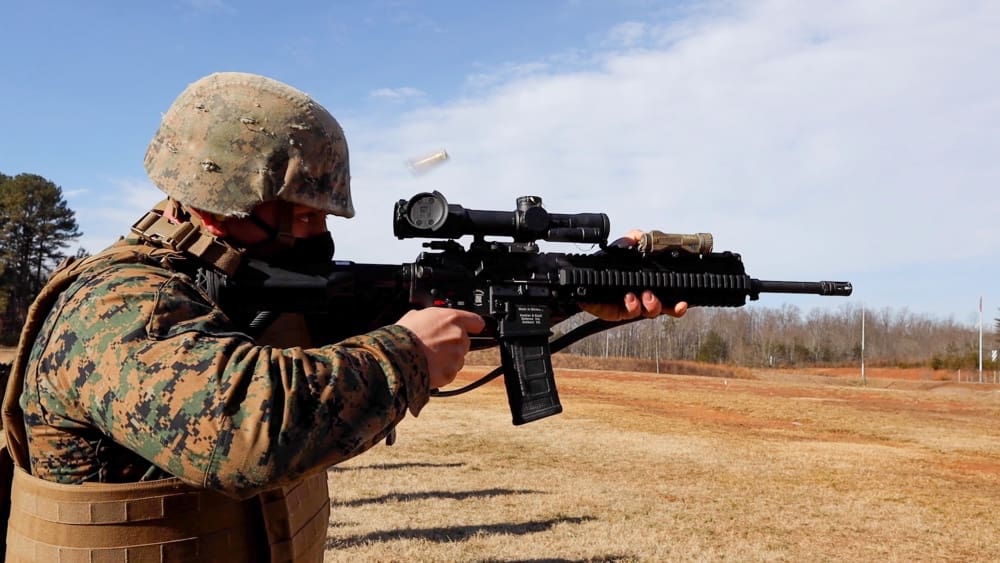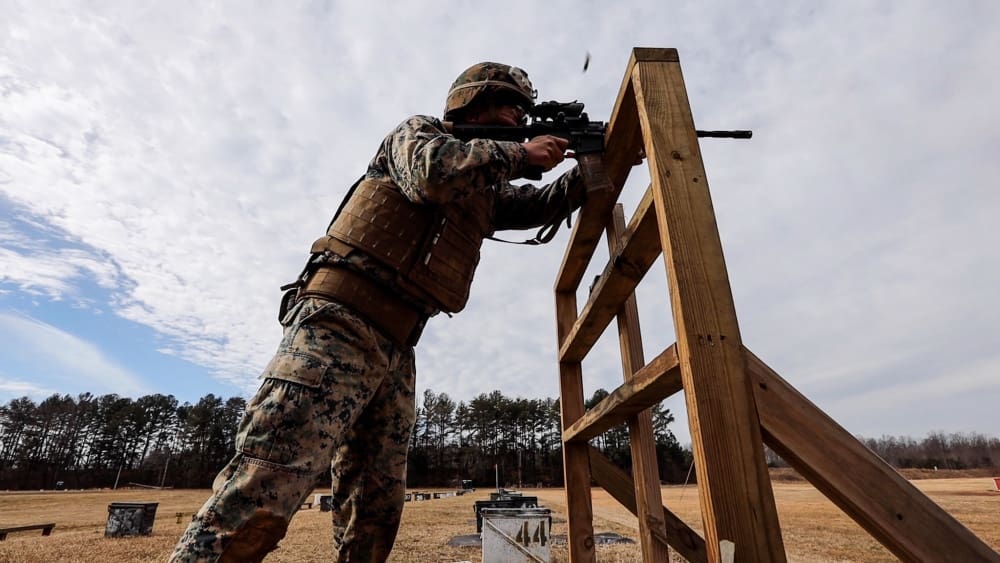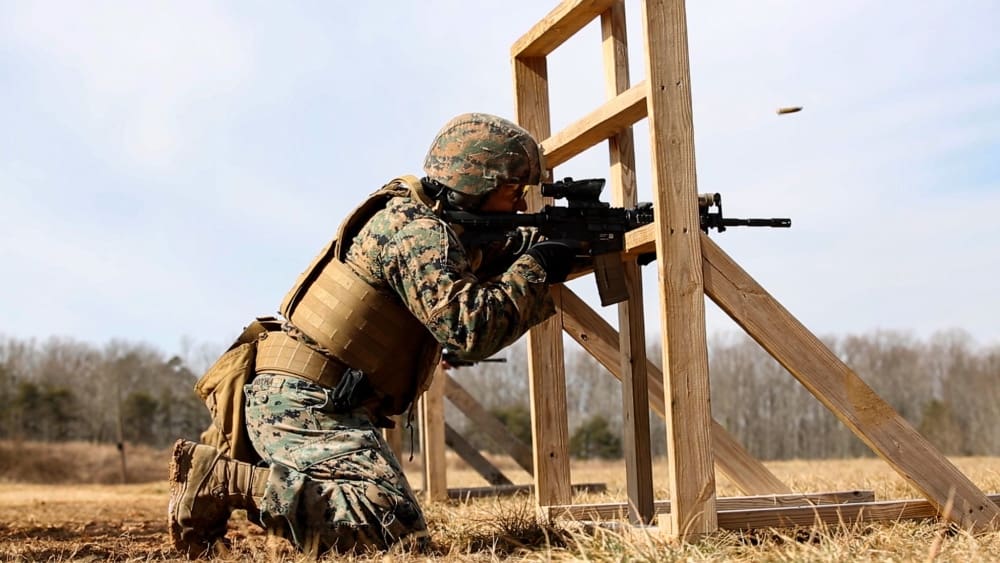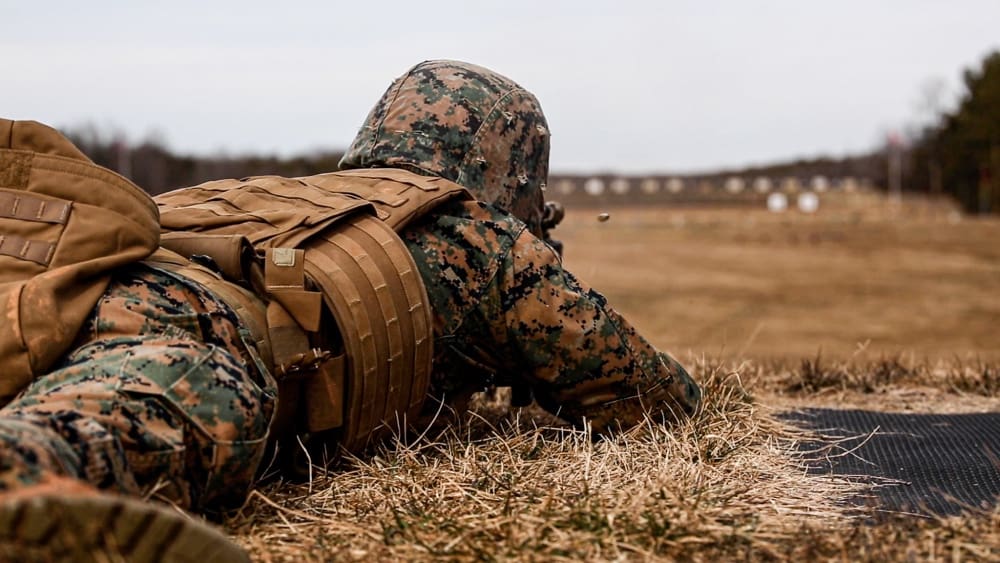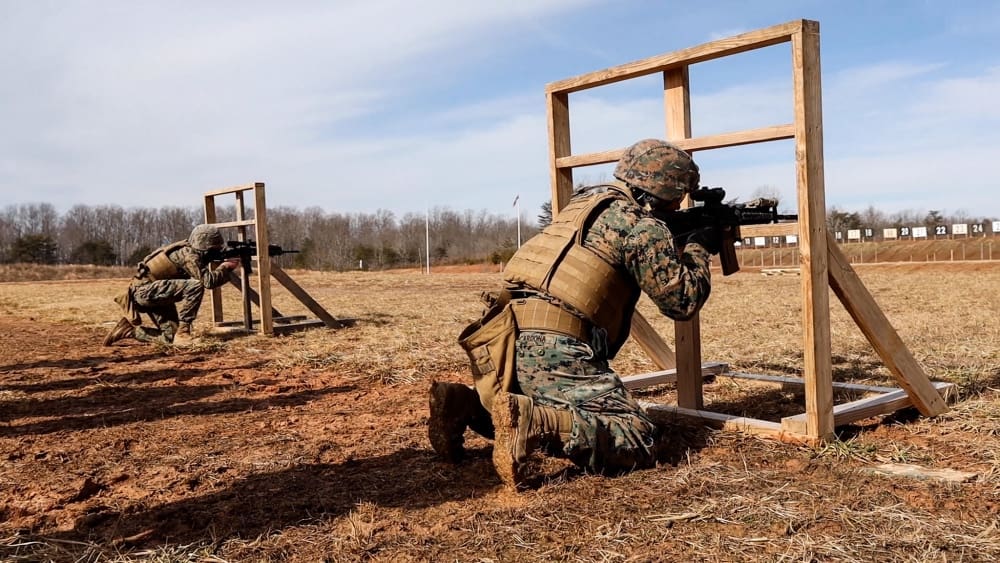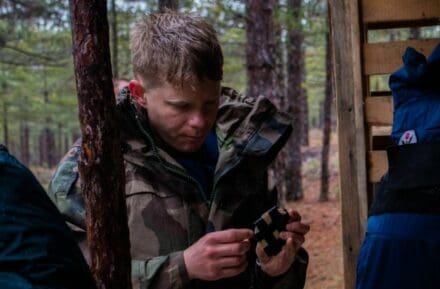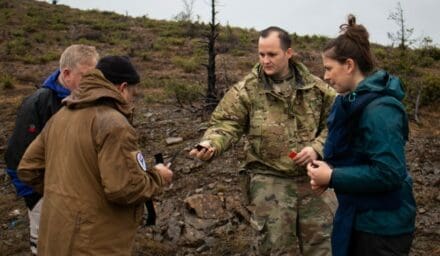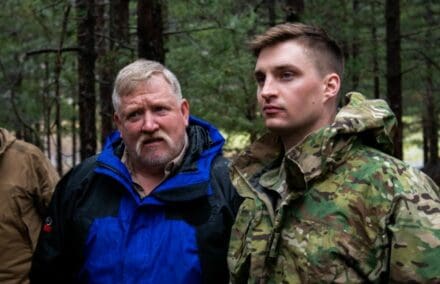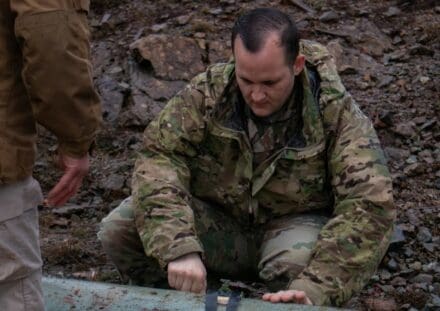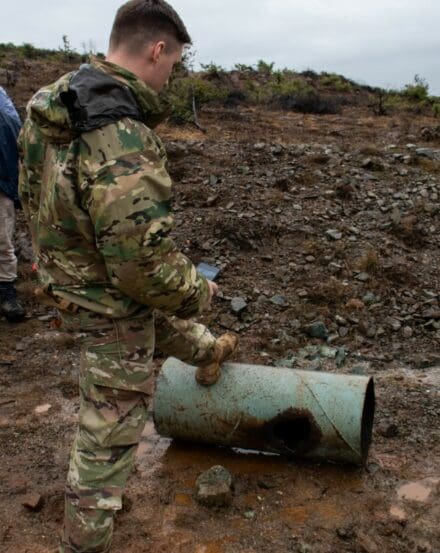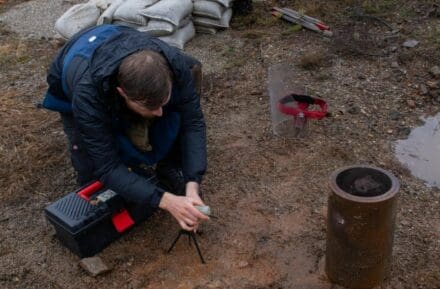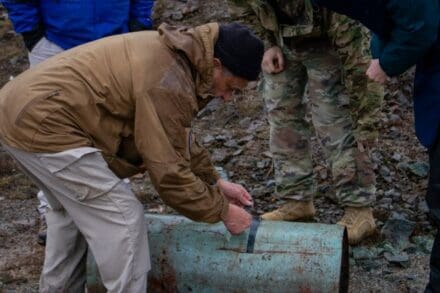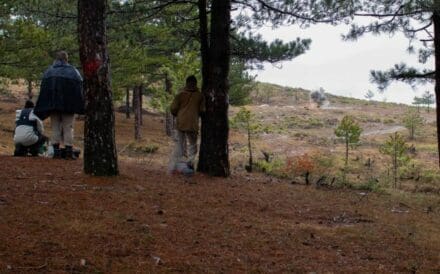I’m up, he sees me, I’m down: Moving targets arrive to K-Bay Range
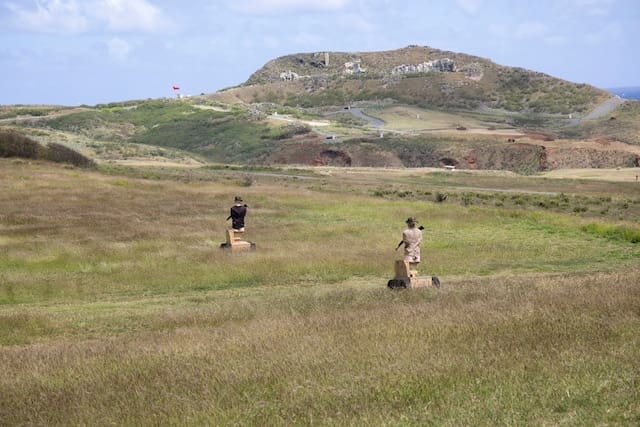
Marines with 1st Battalion, 3d Marines were the first to try the new Trackless Moving Infantry Targets on Marine Corps Base Hawaii, Feb. 24, 2021.
The motorized targets simulate live, independently thinking enemies and encourage Marines to anticipate movement and adapt accordingly.
“They egress, they assault to you, and they move around so it’s a better challenge to hone our skills,” said Lance Cpl. Logan Raebuck, a rifleman with 1st Battalion, 3d Marines. “I think it’s great having the targets here because we can always have that ‘thinking’ enemy to train with.”
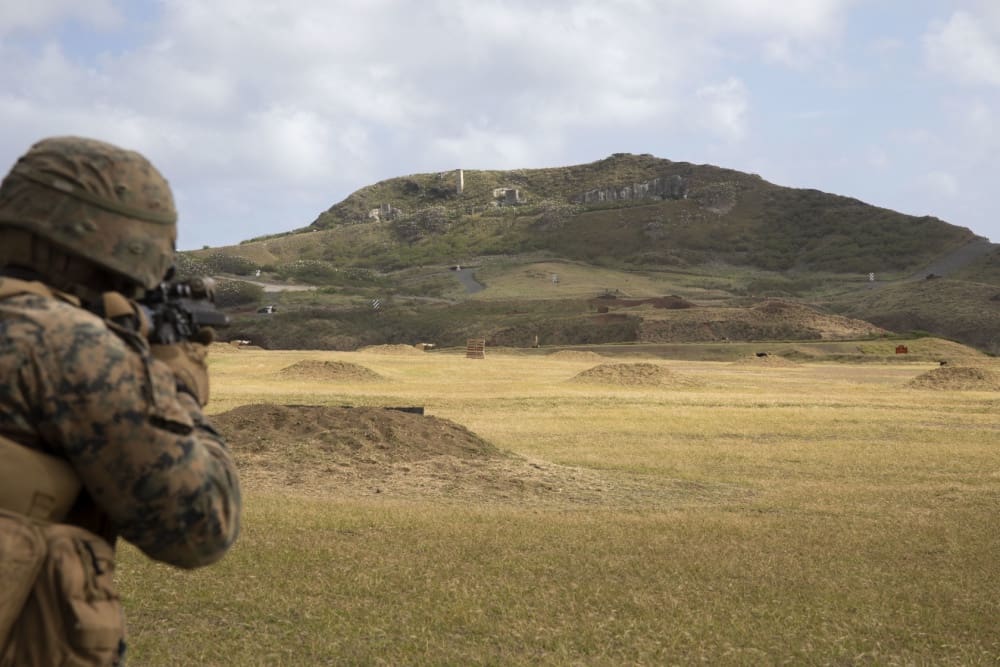
“They’re here to solve the problem that all military facilities are facing,” said Dominic Jurado, the site manager for K-Bay range, MCBH. “These targets give the Marines something to shoot at that mimics an actual human.”
“It’s more immersive because it actually has clothes on and a face, so it gets us skilled with actual conflict,” said Raebuck. “On a regular target you don’t have that, so it’s great to get this moving enemy in front of us.”
There are currently 16 TIMITS on K-Bay and are able to be controlled by a person who is overseeing the training.
“The Marines with 1/3 have definitely progressed in the short time the targets have been on island,” Jurado said. “Everyone seemed more comfortable behind the trigger and hitting more of their shots, it’s awesome to see.”
Small unit leaders with 1/3 have also noticed the differences in their squads while working with these new targets.
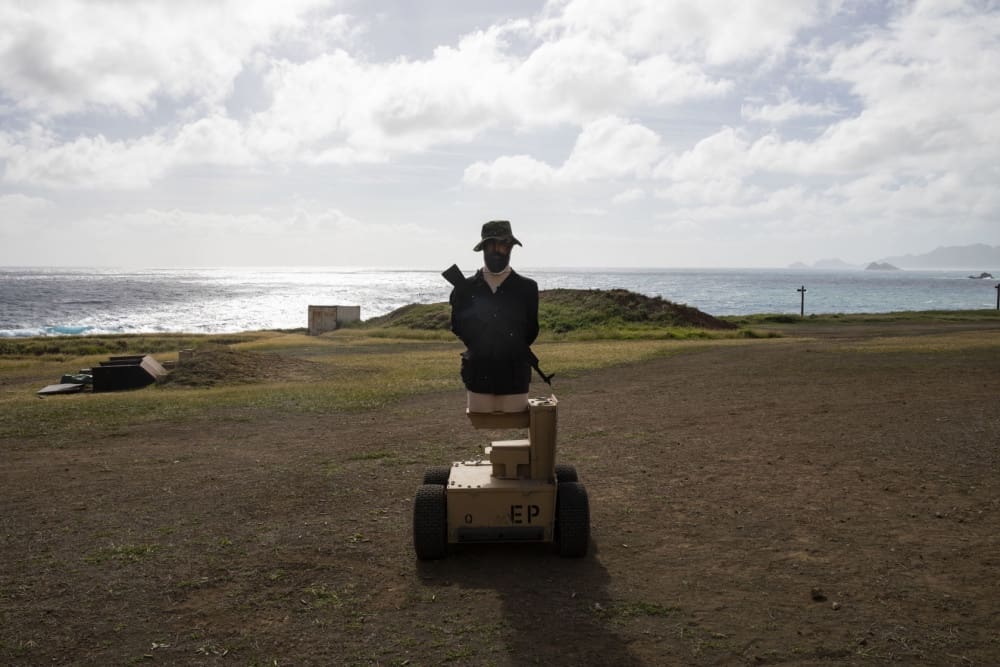
“Seeing these moving targets here with us is definitely helping us get better,” said Cpl. Ryan Hankins, assistant patrol leader, 1/3. “It gives us a better sense of communication and helps us lead in our small unit leadership.”
The targets have helped Marines immensely improve their ability to train in an immersive environment, Hankins said.
“Overall it’s been a great experience,” said Hankins. “It makes me comfortable knowing that I can leave them with what I know and they can pass that on to their junior marines so the mission of the rifle squad can continue to be accomplished.”
Story by Sgt Luke Kuennen, Marine Corps Base Hawaii
Photos by Cpl Jose Angeles, Marine Corps Base Hawaii


